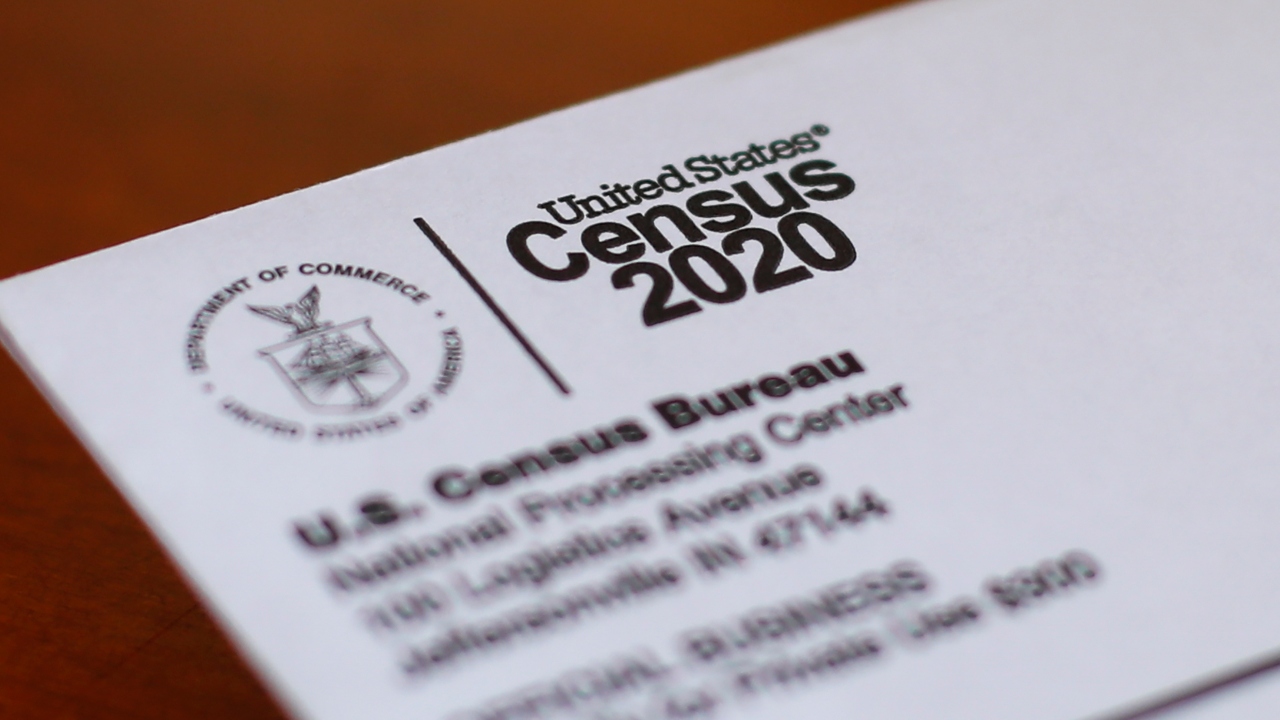ORLANDO, Fla. (AP) — For the first time in 27 years, the U.S. government is changing how it categorizes people by race and ethnicity, an effort that federal officials believe will more accurately count residents who identify as Hispanic and of Middle Eastern and North African heritage.
The revisions to the minimum categories on race and ethnicity, announced Thursday by the Office of Management and Budget, are the latest effort to label and define the people of the United States. This evolving process often reflects changes in social attitudes and immigration, as well as a wish for people in an increasingly diverse society to see themselves in the numbers produced by the federal government.
“You can’t underestimate the emotional impact this has on people,” said Meeta Anand, senior director for Census & Data Equity at The Leadership Conference on Civil and Human Rights. “It’s how we conceive ourselves as a society. … You are seeing a desire for people to want to self-identify and be reflected in data so they can tell their own stories.”
Under the revisions, questions about race and ethnicity that previously were asked separately on forms will be combined into a single question. That will give respondents the option to pick multiple categories at the same time, such as “Black,” “American Indian” and “Hispanic.” Research has shown that large numbers of Hispanic people aren’t sure how to answer the race question when that question is asked separately because they understand race and ethnicity to be similar and they often pick “some other race” or do not answer the question.
A Middle Eastern and North African category will be added to the choices available for questions about race and ethnicity. People descended from places such as Lebanon, Iran, Egypt and Syria had been encouraged to identify as white, but now will have the option of identifying themselves in the new group. Results from the 2020 census, which…
Read the full article here



